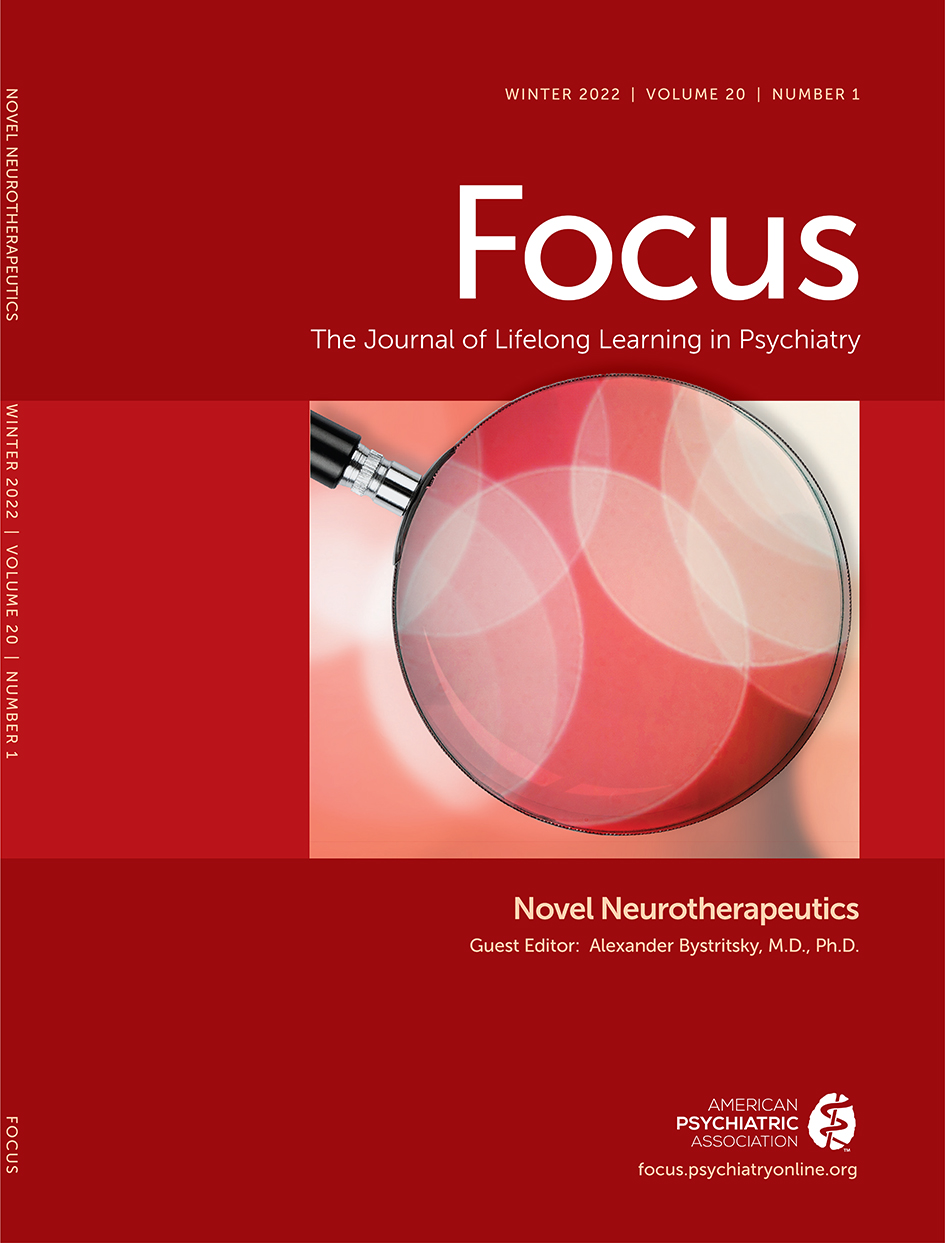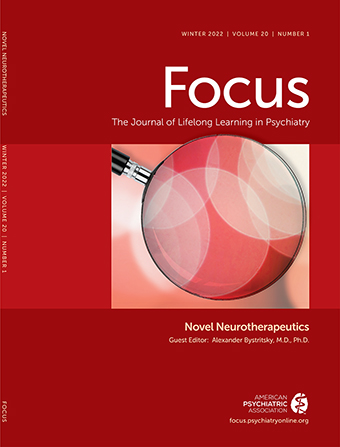Deep Brain Stimulation for Intractable Obsessive-Compulsive Disorder and Treatment-Resistant Depression
Abstract
Brief History of Psychiatric Neurosurgery
Leucotomy and Lobotomy
Pursuit of More Precise Targets Leading to Advances in Neurosurgery
Stereotactic Neurosurgery and the Growth of Neurophysiology
Beginnings of Targeted Electrical Stimulation in the Brain for Psychiatric Conditions
Decline of Psychosurgery and Development of Pharmacotherapeutics
Legacy of Psychiatric Neurosurgery
Advances and Interest in Early DBS
Advancing Technology in Adjacent Medical Fields
Changes in Regulations Regarding DBS Efficacy and Development of DBS for Parkinson’s Disease
Deep Brain Stimulation for OCD
Targeting the Ventral Capsule-Ventral Striatum
Targeting the Subthalamic Nucleus
Deep Brain Stimulation for Treatment-Resistant Depression
Targeting the Ventral Capsule-Ventral Striatum
Targeting the Subgenual Anterior Cingulate Cortex
Future Work
Other Targets
Tractography
Closed-Loop Stimulation
Conclusions
References
Information & Authors
Information
Published In
History
Keywords
Authors
Competing Interests
Metrics & Citations
Metrics
Citations
Export Citations
If you have the appropriate software installed, you can download article citation data to the citation manager of your choice. Simply select your manager software from the list below and click Download.
For more information or tips please see 'Downloading to a citation manager' in the Help menu.
View Options
View options
PDF/EPUB
View PDF/EPUBLogin options
Already a subscriber? Access your subscription through your login credentials or your institution for full access to this article.
Personal login Institutional Login Open Athens loginNot a subscriber?
PsychiatryOnline subscription options offer access to the DSM-5-TR® library, books, journals, CME, and patient resources. This all-in-one virtual library provides psychiatrists and mental health professionals with key resources for diagnosis, treatment, research, and professional development.
Need more help? PsychiatryOnline Customer Service may be reached by emailing [email protected] or by calling 800-368-5777 (in the U.S.) or 703-907-7322 (outside the U.S.).

